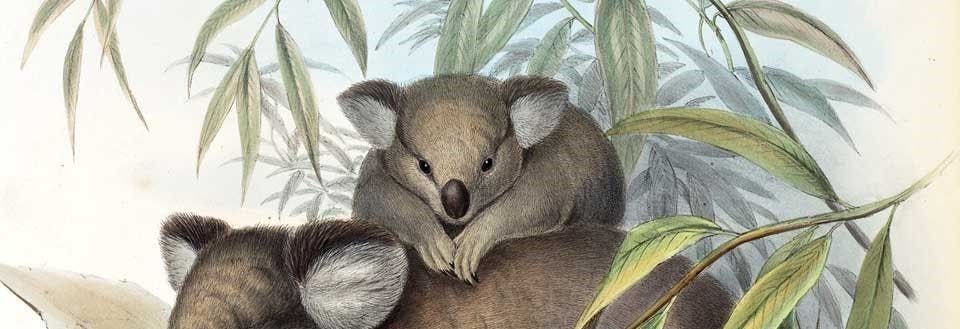Curtis’s Botanical Magazine, vol. 77, 1851.
Many botanical publications, such as Curtis’s Flora Londinensis and Thornton’s Temple of Flora, were intended for elite audiences (see items 13 and 31). Curtis’s Botanical Magazine brought floral art to the middle class. First issued in 1787, the publication flourished throughout the nineteenth century, especially under the editorship of William J. Hooker, the Director of Kew Gardens, who brought on board the artist Walter Hood Fitch. From three to seven plates were issued each month, with each plant carefully described by Hooker. Most of the plants were exotic, introduced into Kew Gardens from various sources. The poppy illustrated here was grown from seeds brought back from Nepal by William Hooker’s son, Joseph Hooker, who was, by the time of this publication, Charles Darwin’s best friend. The other plant is a water lily, collected in New Mexico by the American botanist Charles Wright.
Interestingly, this volume also illustrates plants brought back from Chile by Darwin, from Patagonia by Robert Fitzroy, and from Australia by Phillip Parker King, captain of the Beagle on her third voyage.

